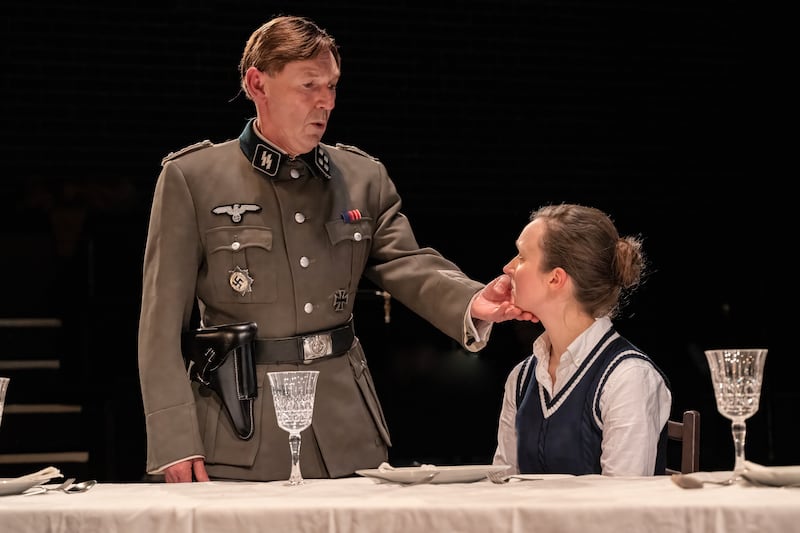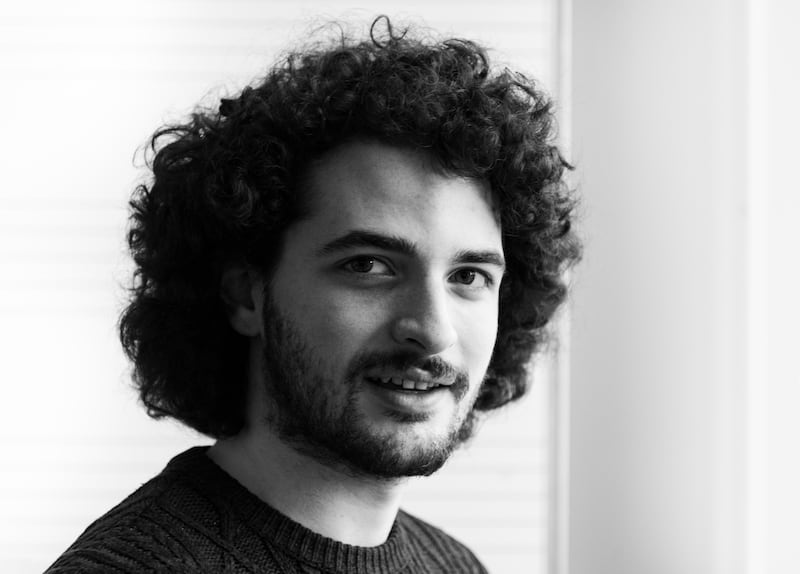Discussions around cultural phenomena are becoming increasingly polarised and I fear Holocaust education could go the same way. While some praise John Boyne’s The Boy in the Striped Pyjamas for introducing younger readers to the Holocaust, the book’s detractors hold its author responsible for perpetuating historical inaccuracies. The debate has become so vitriolic that one can forget its original purpose: deciding how best to introduce children to the Shoah.
Dialogue around this book, which is a parable not an educational resource, should lead us towards more fundamental questions: is it possible to create art about Auschwitz? If so, is it appropriate or ethical? Such questions can only be answered in the artist’s attempt. The positive critical response to my opera A Child in Striped Pyjamas suggests that Holocaust art is not only possible but vitally necessary.

Boyne’s novel for children has sold a staggering 11 million copies worldwide. That younger readers are engrossed in a Holocaust fable is a formidable achievement which Boyne’s critics rarely acknowledge. Michael Gray’s 2015 study dubbed Striped Pyjamas “a curse for Holocaust education” despite finding that “respondents almost universally expressed their eagerness for studying the topic and frequently remarked that this [the Shoah] was one of the most interesting periods of history” (my italics). His sample of 298 Year 9 students from London and Oxford is perilously narrow given the book’s widespread popularity and none of his other findings are anywhere near that substantial. However, even in a sample so small, any “universal” finding is worthy of close attention.
Why is the book so popular? Most children are unable to process the horrors of first-hand testimony. Introducing them to such material too young is plainly counter-productive. However, from the earliest age children thirst for symbolic narrative. There is no clearer example of this than the Torah: it is a law, a covenant, a philosophy. Yet the Torah’s most striking quality is that it is a story, a great work of literature suffused with profound moral truths. History books become dated but stories are timeless. Children adore stories which respect their innate ability to grasp meaning via intuition. There is no mode of communication so eloquent or emotionally impactful as a great story well told.
READ MORE
If they are to learn the facts of the Shoah, children must first understand on an emotional plane why these facts matter. This is where the artist’s contribution is crucial. Children who encounter Boyne’s fable will be inspired to broaden their knowledge, deepen their understanding and access testimony at the appropriate time.
Shmuel and Bruno share a birthday (April 15th, 1934, the birthdate of Boyne’s father) because they are two sides of the same Child. They are separated by a barrier which is both a mirror and an obstacle. Together the children represent humanity’s innocence which was extinguished forever with the victims of the Shoah. This is a piercing observation about the Holocaust’s effect on human nature, all too easily obscured by spats over the story’s accuracy. We can no longer doubt the relentlessly organised barbarity of which humans are capable.
A superficial reading of the book might suggest that its conclusion invites sympathy with the father. In fact the opposite is true: we are encouraged to recognise that we are more similar to the father than we would like to believe. Opposition to the book stems from a deeper resistance to a truth so dark that few adults wish to confront it. Children are gripped by this insight, even though they may be incapable of articulating it for many years.
Those who maintain that to fictionalise the Holocaust is to trivialise it should consider Primo Levi’s If Not Now, When?, which weaves true events into a fabricated narrative. Is this a novel or does it qualify as testimony like Levi’s earlier memoir If This Is a Man? Either way, one cannot characterise it as trivial. Opera’s greatest strength is its ability to convey the heightened emotions of allegorical tragedy. I chose to adapt a story which gives precedence to symbolic truth over historical accuracy because I felt that was the best way to honour the memory of the victims of the Shoah through the medium of opera.

Suppressing a book whose cultural repercussions have become and will remain ubiquitous is a waste of energy. Imagine the potential if Holocaust educational organisations, many of whom endorsed The Boy in the Striped Pyjamas on its initial release in 2006, took responsibility for rerouting that energy towards facilitating learning environments in which historical and symbolic truth are treated as complementary rather than opposing forces. If they are to learn the facts of the Shoah, children must first understand on an emotional plane why these facts matter.
This is where the artist’s contribution is crucial. Children who encounter Boyne’s fable will be inspired to broaden their knowledge, deepen their understanding and access testimony at the appropriate time. They will take this learning into their hearts as they strive to make the world a better place.
Who knows? Perhaps one day, one of them might even write an opera about it.
Noah Max is a composer and painter based in London. Plans are well advanced to stage the opera A Child in Striped Pyjamas at the Brundibár Arts Festival in January 2024 and at a major Scottish arts festival in May 2024. Further details will be announced soon; for more information, visit noahmax.net. This article first appeared in the Jewish Chronicle









